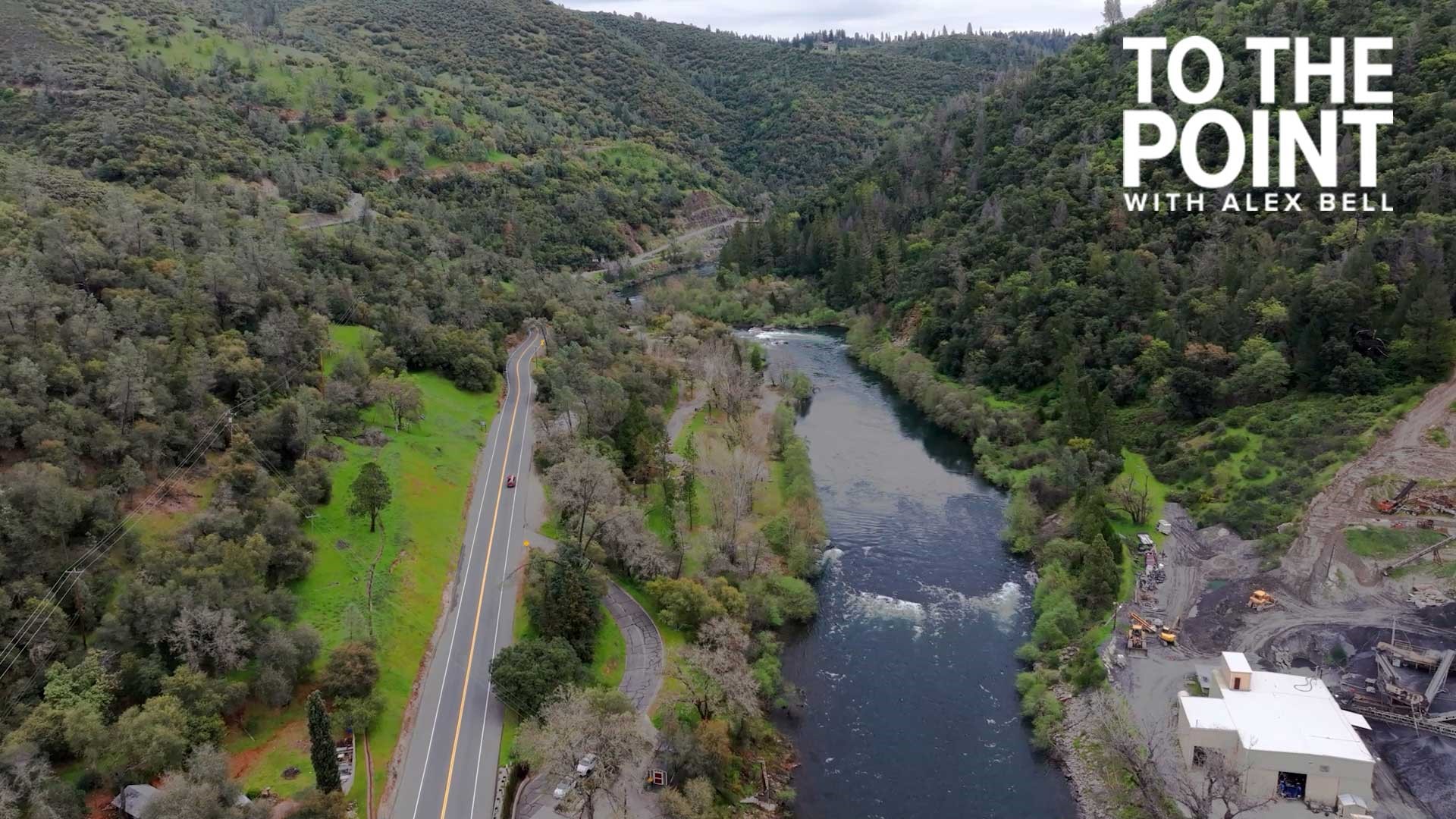SACRAMENTO, Calif. — One of the biggest challenges California faces is sustaining a reliable water supply for nearly 40 million people. The El Dorado Water Agency (EDWA) is addressing this threat in their new Programmatic Watershed Plan (PWP).
Rebecca Guo, General Manager of the EDWA, says they convened 17 different agencies from the local and federal level, to tribal communities and non-profits called the Upper American River Watershed Group (UARWG). The collaboration was an effort to recognize everything is interconnected and work together on sustainable strategies.
Guo says they identified eight overarching challenges like: wildfires, environment and workforce. The PWP creates a roadmap to address and actively manage those challenges in the upper American River watershed.
The watershed includes the North, Middle and South forks of the American River plus Folsom Lake and part of the Cosumnes River.
Guo says the value of this natural resource comes in at almost $15 billion per year, coming from everything from agriculture to water supply to recreation. She says in 2022, they had seven million tourists come recreate in the watershed, some coming from as far as New Zealand.
The basin has been subject to multiple states of emergencies from floods, fires and droughts. These recent back to back wet years are giving water managers a window of opportunity to work on solution based strategies since they aren't dealing with a major weather hazard.
Andrew Schwartz, with the UC Berkeley Central Sierra Snow Lab in Soda Springs, agrees these wet years are the ones that give us the time to really start investing in the future.
One of his many tasks is taking daily recordings of the snowpack. A project started in the 40s to monitor hydrologic issues in the West.
Schwartz says when the lab opened one of the goals was to solve some of the hydrologic issues in the West. He says knowing what we do now about California water, those goals were perhaps a bit lofty.
Especially when the window for building snowpack seems to be shrinking. Instead of starting in October and ending in May, snow is falling later and melting earlier.
Schwartz says his trends are showing the Sierra snowpack is not building until mid to late December and then occasionally leaving the hill as early as April in bad years.
This is critical information for California’s water management, which is largely built on the Sierra snowpack existing, and another reason why developing new strategies to address this critical water supply like in the PWP are needed now.

















